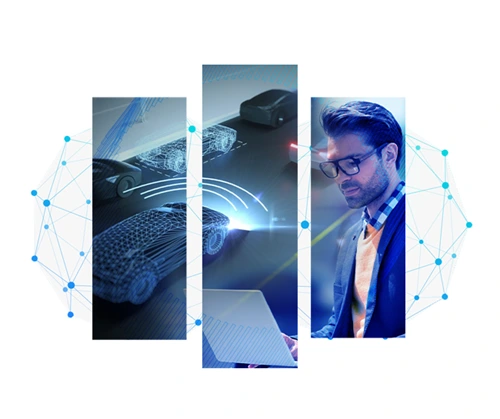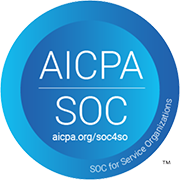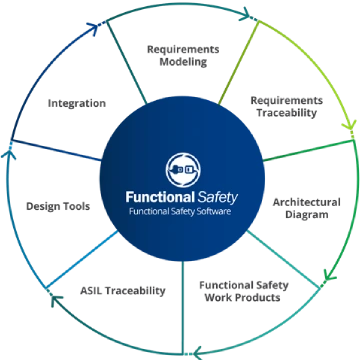ISO 26262 - Functional Safety Management Software

Electric and Autonomous vehicles are no longer inventions of the future. We are now in the EV/AV era of the automotive industry. More and more mechanical parts are becoming electric and electronics. There are more Software modules in the vehicle ecosystem that are changing modern-day, mechanical vehicles to mechatronic vehicles. Functional Safety software will help you develop ISO 26262 work products, like: Item Definitions, HARAs, Safety Goals, Technical Safety Concepts, and Hardware Software Interfaces. These work products integrate with APQP/PPAP, saving engineering time and money in Functional safety product development and eliminate organizational silos.
Using the V-Model and Omnex “Design & Process reuse” capability, developing functional safety work products is reduced significantly and promotes error avoidance.
Functional Safety software is compliant with the following standards:
- IATF 16949
- ISO 26262

Omnex Systems has successfully completed the SOC 2 Certification, reinforcing our commitment to maintaining the highest standards of data security and privacy for our clients.
View All certifications









